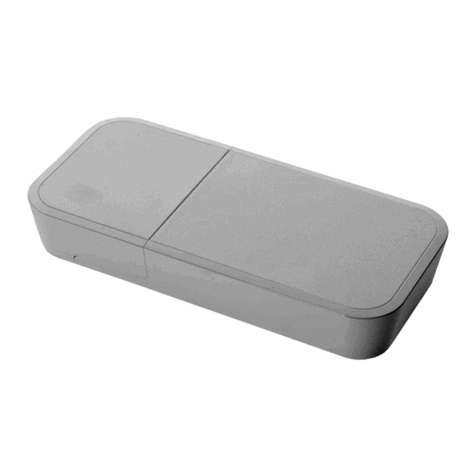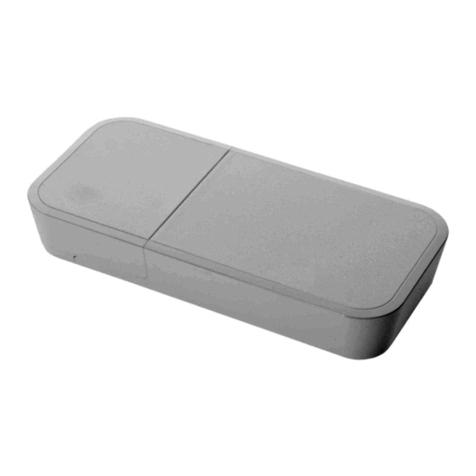Welcome to Custom Integration Solutions ...............................................................................................................4
Overview...................................................................................................................................................................4
Package Contents....................................................................................................................................................4
Power........................................................................................................................................................................4
Indoor use only.......................................................................................................................................................4
Device Details...............................................................................................................................................................5
Ports..........................................................................................................................................................................5
LED Indicators..........................................................................................................................................................5
Buttons .....................................................................................................................................................................5
Mounting Options ........................................................................................................................................................6
Wall Mount................................................................................................................................................................6
Ceiling Mount...........................................................................................................................................................7
Low Voltage Mounting Brackets............................................................................................................................8
Quick Setup...................................................................................................................................................................9
Accessing the Web Interface.....................................................................................................................................10
The Status Page.....................................................................................................................................................10
Setting the Access Point’s Identity .....................................................................................................................11
Undo / Redo ...........................................................................................................................................................12
Show / Hide Passwords ........................................................................................................................................12
Rebooting the Device............................................................................................................................................12
Changing the Default Password ..........................................................................................................................13
Setting the Time Zone...........................................................................................................................................13
IP Addressing.............................................................................................................................................................14
The DHCP Client Tab ..............................................................................................................................................14
Renewing the IP Address .....................................................................................................................................14
Setting a Static IP Address...................................................................................................................................15






























